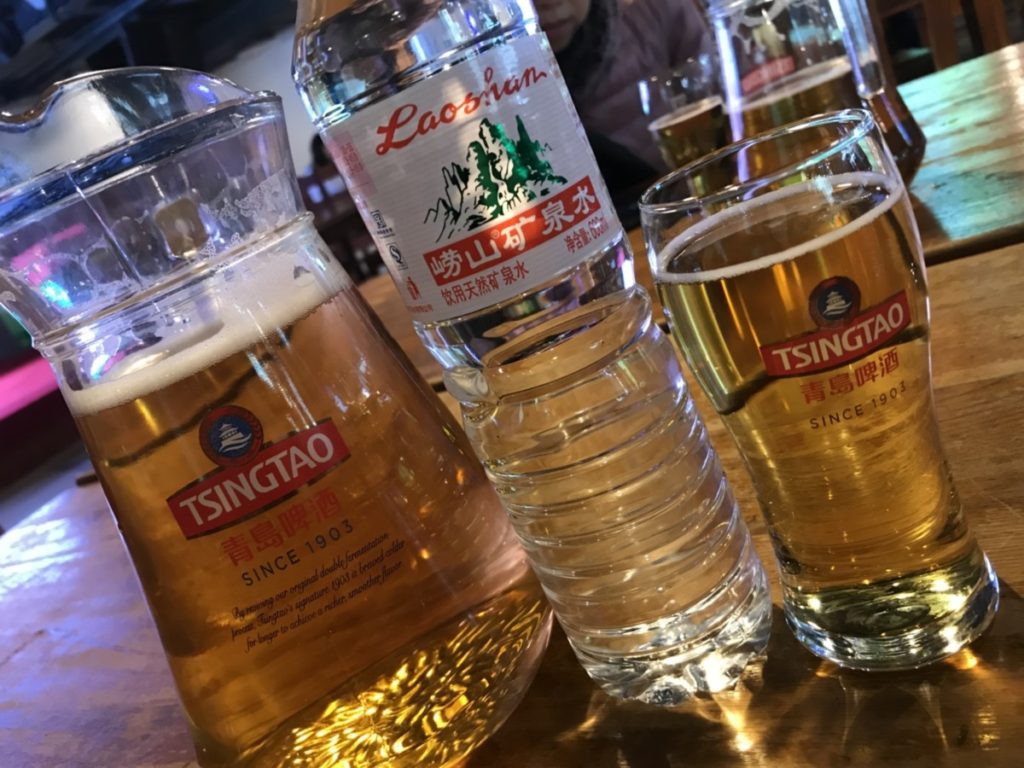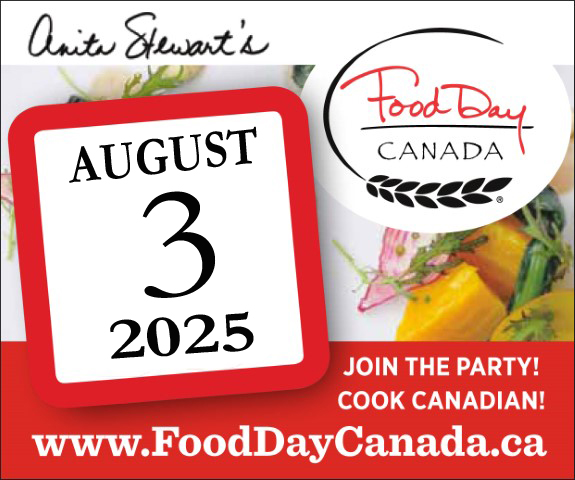After uniting seven warring kingdoms into one in 221 BCE, China’s first emperor turned to the task of living forever. Hedging his bets, Emperor Qin Shihuang engaged thousands of workers to construct his massive tomb and its 8000 terracotta warriors near the city of Xi’an. But Emperor Qin didn’t spend much time in Xi’an, instead journeying three times to China’s coast to what is now the modern city of Qingdao. He was in search of a fabled elixir of life so that he could live forever in his new empire. While he didn’t find the magic potion, 21st-century travellers can follow his footsteps and be rewarded not only with a unique Chinese trip but with a modern elixir — China’s famous Tsingtao beer. Fascinating sites and delicious eats await.

Xi’an and the terracotta warriors
China’s two most famous sites — the terracotta warriors and the Great Wall — were both created by Qin Shihuang, the name Zhao Zheng gave himself after conquering his enemies. It translates as “First Sovereign Emperor.” Zhao Zheng’s achievements weren’t limited to these massive building projects and uniting China. He also built a network of roads and canals, standardized measurements and weights, minted standardized currency, and simplified the Chinese script, all of which greatly facilitated trade and the creation of the Silk Road, and consolidated power in the region.
Born in 246 BCE, Zhao Zheng began building his tomb when he was just 13 years old, after he succeeded his father to the throne of Qin. When he became emperor in 221 BCE, he expanded the plans and engaged over 700,000 people to complete them. Evidence of his tomb was discovered only in 1974, when farmers digging a well found broken pottery and brought it to a museum to be tested.
No visit to China is complete without seeing the terracotta army. Yes, the outdoor museum is crowded but the thousands of warriors, bronze chariots, animal sculptures and battle bells are magnificent. Your astonishment and wonder will grow thinking of all the warriors and courtiers yet to be unburied, and the likely treasures inside the manmade mountain housing the tomb of China’s first emperor.
Ancient texts discovered in 2002 say that the emperor’s coffin floats on rivers of mercury (also thought by ancient Chinese to bestow immortality) in his underground mausoleum. The evidence for the mercury rivers is strong — soil samples from the hill above the tomb are contaminated with extremely high levels of the toxic chemical. The sarcophagus is reputed to be in a vast treasure-filled room with the constellations mapped onto the ceiling, with a jade moon and each star depicted with a pearl.
Though they know exactly where it is, Chinese archaeologists won’t open Qin Shihuang’s tomb. It’s not just because the tomb is said to be protected by booby traps which would fire poisoned arrows at intruders. Nor is it the possibility of confirming that thousands of craftsmen were buried alive with the emperor so that his life and afterlife would be unmatched by any successor. It’s to protect the treasures that are surely there.
When a Chinese tomb of similar age was opened a number of years ago, archaeologists were shocked to discover that it contained perfectly preserved fruits and silks, and even more shocked to watch them disintegrate before their eyes as oxygen from the surface swept throughout the tomb. The burial chamber of China’s first emperor and the secrets within it will remain sealed until the technology is developed that can preserve them.
Plan your trip to the terracotta warriors to include some time in the city of Xi’an. Walk or bike atop the 600-year-old City Wall and visit the 1300-year-old Wild Goose Pagoda to admire views of the city. Be sure to visit Muslim Street, Xi’an’s main food destination. Thanks to the traders who began arriving in Xi’an during the Western Han Dynasty (206 BCE – 9 CE), Xi’an is a culinary destination. The Hui ethnic group and their foods predominate here. In the Muslim Quarter, see candy being made and try Xi’an specialties like cold noodles, yangrou paomo (a traditional stew of lamb and flatbread), and rou jia mo, called the Shaanxi hamburger.

The source of the magic elixir?
After uniting China, Qin Shihuang made at least three journeys to his empire’s eastern coast — now the province of Shandong — in search of a longevity potion. The exact route he took isn’t known, but he would have travelled through Shaanxi’s similarly-named neighbouring province, Shanxi. Shanxi is home to must-visit sites like the Hanging Temple of Hengshan, the UNESCO-honoured walled city of Pingyao, the Yungang Grottoes filled with 50,000 Buddha carvings, and sacred Mount Wutai.
Shandong was of great interest to the emperor. A courtier, Xu Fu, made elaborate claims that immortals lived on three Shandong mountain islands — Penglai, Fangzhang, and Yingzhou. Xu Fu was sent on an expedition to secure their magic, and the emperor himself came to Shandong in 219, 217 and 210 BCE.
Angry to not yet have his elixir during his second visit to Shandong, the emperor threatened to kill Xu Fu if he didn’t deliver the life-giving potion. The wise monk asked for more resources to fulfill the quest, including boats and 500 boys and 500 girls, and then fled prior to the emperor’s third visit. Writing 1,000 years later, a monk named Yichu claimed Xu Fu sailed to Japan and proclaimed Mount Fuji as the immortality-giving Penglai. Some say the Japanese people are the descendants of the boys and girls Xu Fu brought from Shandong, and credit Xu Fu for introducing delicious plants and efficient farming techniques to Japan.
Not finding the three magical islands, Qin Shihuang became transfixed by Mount Lao, China’s highest coastal mountain. It’s outside the modern city of Qingdao, then a tiny fishing village. Believing that longevity-granting gods lived inside Laoshan (“shan” means “mountain”), the emperor ordered that rocks be removed from it 24 hours a day so that he could get inside. Thousands died in the quest, and no elixir was found.
While it may not provide immortality, Mount Lao does produce a life-giving elixir — mineral water which many say is the best in China. Laoshan water is also used to make China’s most famous beer, Tsingdao. Properly pronounced the same way as the city (“ching-dow”), the highest quality Tsingtao beer has #1, #2, or #5 written on the cap. Sample the beer at any of Qingdao’s restaurants or on a tour of the Tsingtao factory.

Mount Lao is also famous for its tea. A perfect tea-growing microclimate is created on Laoshan, with the mountain trapping cool ocean air in summer and blocking the cold Mongolian wind in winter. Many consider Laoshan green tea among China’s best, particularly the spring and autumn leaves which grow more slowly. Unlike most tea leaves, which can only be reused four times, the thick Laoshan leaves can be reused seven or even eight times.
Mount Lao might not bring immortality, but it is auspicious. Visitors today can drink its water, tea and beer, and also benefit from the mountain’s excellent feng shui. Laoshan has two of the five feng shui animals: white rocks fortuitously on the right said to be a lucky white tiger, and green forests on the left representing a fortune- and health-bringing green dragon. Considered a cradle of Taoism, the mountain’s highlights can be explored in a half day, including a waterfall in wet season (July-August), a Taoist temple, and ancient trees like a 1100-year-old gingko. A cypress, reportedly planted in 140 BCE, is said to have been struck by lightning, died, and then come back to life. Perhaps Mount Lao is immortality-bringing after all.
Modern Qingdao has a lot to offer the tourist. Its beautiful location, engineering feats and excellent seafood impress.
Qingdao, China’s first planned city, boasts the second-longest undersea tunnel in the world. The 7.8-km tunnel is 82 metres below the Yellow Sea and reduces a 2.5-hour trip around Qingdao’s pretty bay to eight minutes. When built in 2011, Qingdao also had the world’s longest sea bridge; the 42.5-km span now holds second place to Hong Kong-Zhuhai-Macao Bridge’s 55 km.
The site of the 2008 Olympic sailing competitions, Qingdao has 69 green islands and, on the mainland, long swimmable beaches hugged by a pedestrian-path. Jutting out from the shore is the iconic Zhan Qiao Pier, depicted on the Tsingtao beer label. Qingdao was occupied by the Germans from 1898 to 1914, and they left their unique red-roofed architecture throughout the city, including the pretty Qingdao Railway Station and the Cathedral of St. Michael Eyre, the largest church in China.
The emperor died in 210 BCE on his way back to Xi’an after his third visit to Shandong, likely of mercury poisoning. Perhaps if Qin Shihuang had stayed in seaside Qingdao near the waters and auspiciousness of Mount Lao, he would have found his coveted immortality.

Johanna Read is a freelance writer / photographer specializing in travel, food and responsible tourism. Find her at www.TravelEater.net


